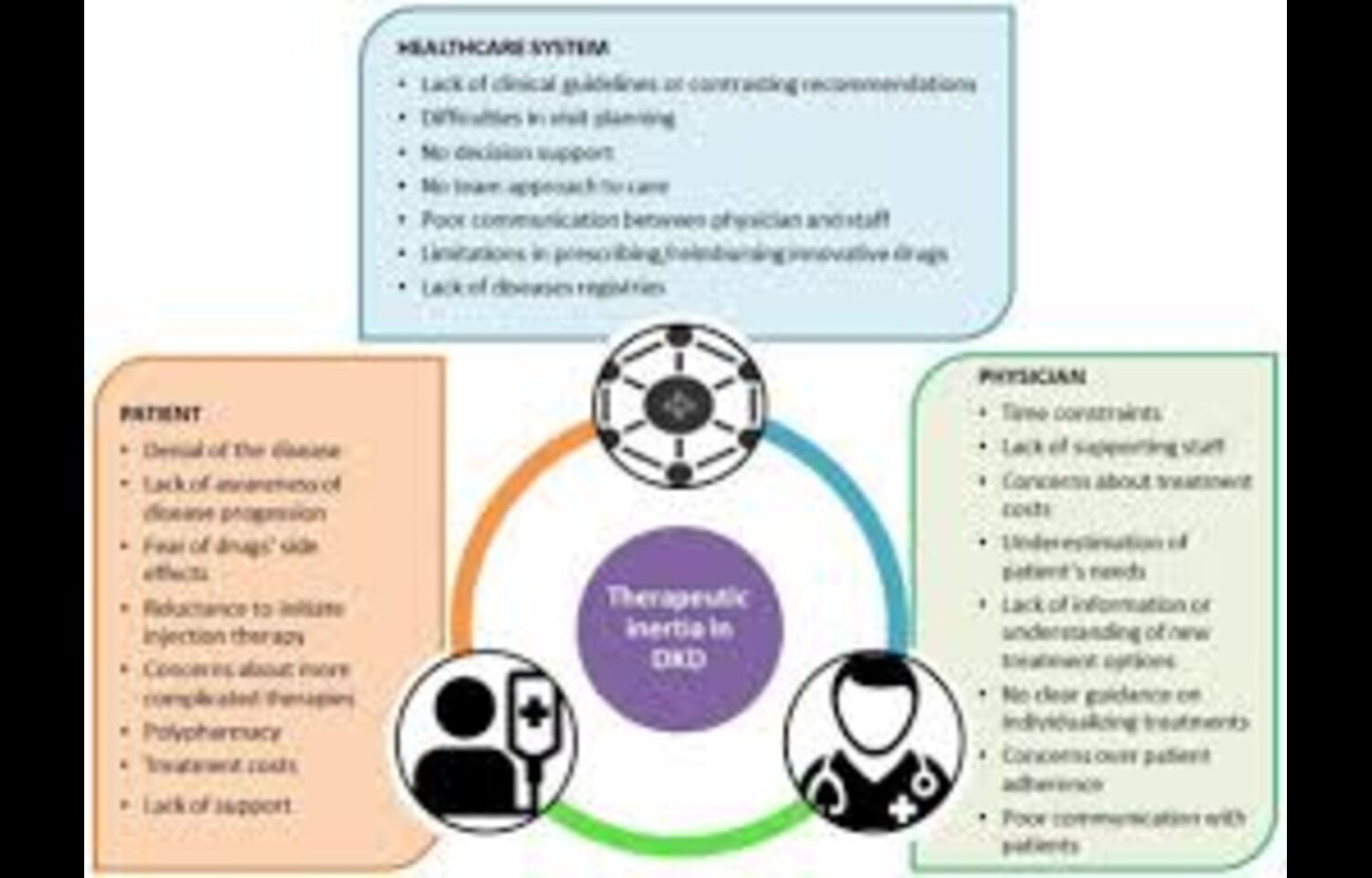August 21, 2025
2 min read
Key takeaways:
- Researchers identified no link between vaginal estrogen tablet use and recurrent stroke risk.
- The findings did not vary by current or past use or by therapy dose.
No link between vaginal estrogen tablet use and recurrent stroke was observed in a cohort of women with a history of stroke, regardless of current or past use of the hormone therapy or dose, researchers reported.
Results from a Danish nationwide study evaluating the impact of vaginal estradiol on recurrent stroke risk was published in Stroke.

Researchers identified no link between vaginal estrogen tablet use and recurrent stroke risk. Image: Adobe Stock
“It is well known that taking systemic hormone replacement therapy, such as oral estrogen tablets, may increase the risk of stroke after menopause. While other studies have not detected an increased risk of stroke associated with the use of vaginal estrogen in healthy postmenopausal women, there is no data on whether vaginal estrogen tablets pose an increased risk for women who have already had a stroke,” Kimia Ghias Haddadan, MD, of department of cardiology at Copenhagen University Hospital — Herlev and Gentofte in Copenhagen, Denmark, said in a press release. “It is important to note that these findings suggest that vaginal estrogen is likely safe for this high-risk group of women who have already had a stroke; however, they do not imply that vaginal estrogen prevents strokes.”
Haddadan and colleagues conducted a nationwide nested case-control study using data from the Danish Civil Registration System, National Patient Register and National Prescription Registry.
The study included all women aged at least 45 years who experienced a stroke between 2008 and 2017, with no use of vaginal estrogen before stroke (median age, 75 years).
Overall, 3,353 women were identified and age-matched to the same number of controls without stroke.
Current use of vaginal estradiol tablets was lower among women with a prior stroke vs. controls (1.9% vs. 3.2%; P = .001).
Recent use (2.1% vs. 3.6%; P = .001) and past use (1.5% vs. 2.4%; P = .01) was lower among women with a history of stroke vs. controls.
Compared with no use of vaginal estrogen tablets, there was no significant association between recurrent ischemic stroke and current use (adjusted HR = 0.79; 95% CI, 0.52-1.2; P = .27), recent use (aHR = 1.09; 95% CI, 0.73-1.63; P = .67), past use (aHR = 1.48; 95% CI, 0.95-2.3; P = .08), high-dose current use (aHR = 0.7; 95% CI, 0.41-1.21; P = .2) or low-dose current use (aHR = 1.14; 95% CI, 0.68-1.91; P = .62), the researchers wrote.
There was also no significant association between quintiles of total cumulative dose and recurrent stroke vs. no use, according to the study.
“We were cautiously hopeful about the findings, and it was reassuring to discover that the use of vaginal estrogen did not raise the risk of recurrent stroke in this high-risk population,” Haddadan said in the release. “U.S.-based studies, such as the Women’s Health Initiative and the Nurses’ Health Study, have shown no increased stroke risk with vaginal estrogen in healthy women. Our study extends this reassurance to women with a history of stroke.”









